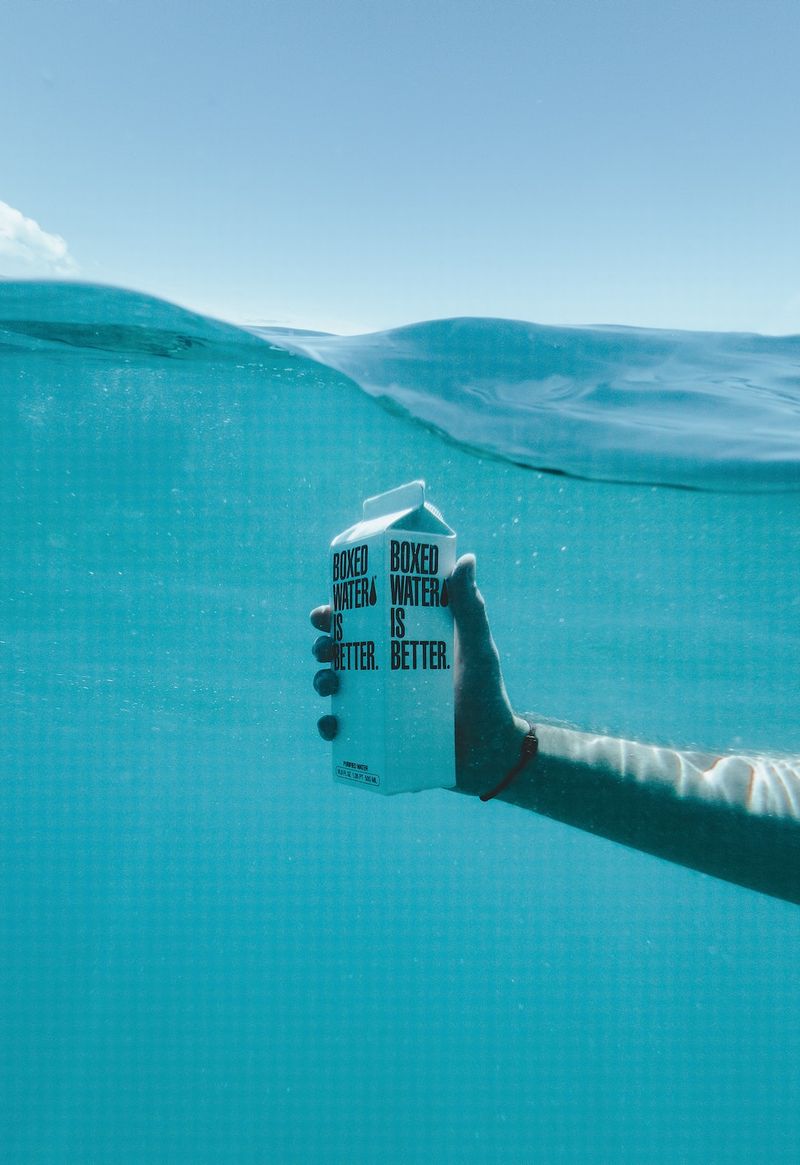Table of Contents
UN Ocean Treaty Formally Adopted, Race to Ratification Begins
Introduction
The UN Ocean Treaty, a historic agreement aimed at protecting the world’s oceans from destructive human activities, has been formally adopted in New York. The treaty, which allows for the creation of vast ocean sanctuaries, free from harmful practices on the high seas, is seen as a crucial step in achieving the target of protecting at least 30% of the oceans by 2030, an objective agreed upon by all governments under the Convention on Biological Diversity in late 2022.
Details of the Treaty
The text of the treaty was agreed upon in March 2023 and has since undergone months of legal scrutiny and translation into all official UN languages. Now that it has been formally adopted, governments can proceed with signing and ratifying the treaty to bring it into effect and start implementing measures to safeguard the oceans.
The treaty is considered a powerful legal tool in the fight to protect marine ecosystems and biodiversity. By designating areas as ocean sanctuaries, it aims to create safe havens where marine life can thrive without the threat of destructive human activities. However, for the treaty to become a legally binding instrument, it must be ratified by at least 60 governments.
Greenpeace’s Response
Greenpeace, a prominent environmental organization, has been a vocal proponent and advocate for the UN Ocean Treaty. Chris Thorne, a representative of Greenpeace’s Protect the Oceans campaign, hailed the adoption of the treaty as a victory for all life on the planet. He emphasized the urgent need for governments to ratify the treaty and begin the process of creating ocean sanctuaries on the high seas.
According to Thorne, the science is clear: protecting at least 30% of the oceans by 2030 is essential for their recovery and long-term viability. He highlighted the fact that less than 1% of the high seas are currently protected, underscoring the magnitude of the task ahead. Greenpeace is committed to working tirelessly to ensure the treaty is ratified by 2025, with the goal of establishing ocean sanctuaries covering 30% of the oceans by the end of the decade.
The Path to Ratification
To make the target of protecting 30% of the oceans a reality, governments must ensure that the UN Ocean Treaty is ratified by the UN Ocean Conference in 2025. The race to achieve this goal is crucial, as 2030 looms large on the horizon. The scale of the challenge is immense, but the support of millions of people from around the world has demonstrated the widespread demand for change and the need for international collaboration.
Conclusion
The adoption of the UN Ocean Treaty marks an important milestone in global efforts to protect the world’s oceans. The treaty provides a legal framework for the creation of ocean sanctuaries, aiming to preserve marine ecosystems and support the recovery of biodiversity. However, achieving the target of protecting 30% of the oceans by 2030 will require swift and coordinated action from governments worldwide.
The successful ratification of the treaty is crucial, and the international community must work together to ensure its implementation by 2025. By supporting the UN Ocean Treaty and prioritizing the preservation of our oceans, governments can chart a course towards a more sustainable and resilient future for our planet. The challenge is immense, but the stakes are higher – the very survival of our oceans and the life they sustain.

<< photo by Boxed Water Is Better >>
The image is for illustrative purposes only and does not depict the actual situation.